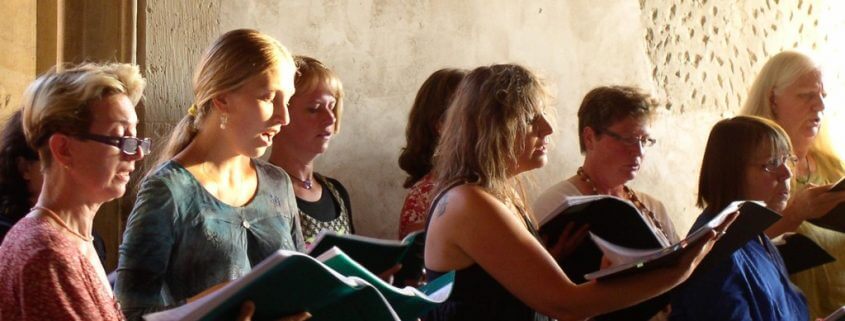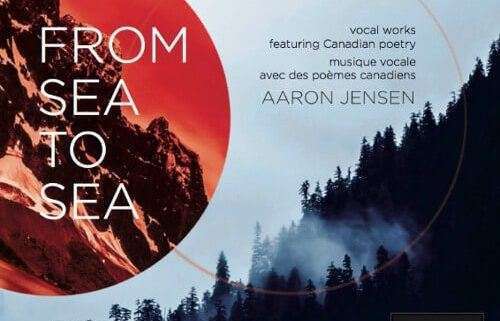Labia Mea for 8 voices a cappella (2016) – Vahram Sarkissian
Labia Mea (2016)
8 mixed voices a cappella
Premiere: 2016, Vahram Sarkissian (alle Stimmen), online
In a groundbreaking artistic endeavour, Armenian-Canadian composer and vocal artist Vahram Sarkissian performs “Labia Mea”, his captivating composition for 8 mixed voices a cappella that pushes the boundaries of vocal possibilities to incredible heights. This experimental work is the result of three years of tireless research and meticulous experimentation with extended vocal techniques.
“Labia Mea” seem like an unbelievable achievement to me, as Vahram Sarkissian actually recorded all eight vocal parts, originally written for an 8-part mixed ensemble, on his own. The range of the composition is nothing short of spectacular, spanning seven octaves, approximately H1 (B0) to d5 (D8), and encompassing a breathtaking sonic palette. Such a wide range envelops the listener in a tapestry of sound that can hardly be attributed to earthly voices.
The work ventures into uncharted territory, using a wealth of unconventional techniques that defy traditional norms. From the haunting melodies of throat singing to the hypnotic harmonies of overtone singing, from the rhythmic intricacies of vocal percussion to extreme registers, Labia Mea pushes the boundaries of what the human voice can do.
Inspired by Psalm 50 (“Domine labia mea aperies”), the composition embarks on a journey of self-expression. As the piece progresses, a process of text accumulation develops, gradually moving from ethereal sounds to compound phonemes, then to words and finally to the full text.
“Labia Mea becomes a profound manifestation of the inner struggle for self-expression. Every facet of the human experience finds its voice in the composition, with intellectual perception, emotional depth and spiritual insight all vying for attention. As Vahram Sarkissian weaves these elements together, a symphony of self-discovery unfolds that resonates with the listener’s own search for authenticity.
At a time when music often follows familiar patterns, Vahram Sarkissian challenges convention and dares to redefine what is possible. Be captivated by the wonders of ‘Labia Mea’ and witness the transformative power of a single voice pushing the boundaries of artistic innovation.
A big thanks to Olaf Katzer, the director of AuditivVokal Dresden, who brought this composition to my attention. AuditivVokal has been working closely with me over the past few months to achieve a professional level in overtone singing. This enables the ensemble to master works with demanding extended vocal techniques and take on additional composition commissions.
If you are interested in efficient professional overtone singing training for your choir or professional ensemble, feel free to schedule an informal conversation, either by phone or using the appointment planner. I have specialized in working with singers for 40 years and am available to assist you.
To schedule an appointment, please visit Appointment Booking (mention in the comments that it’s for a free conversation).





Recent Comment